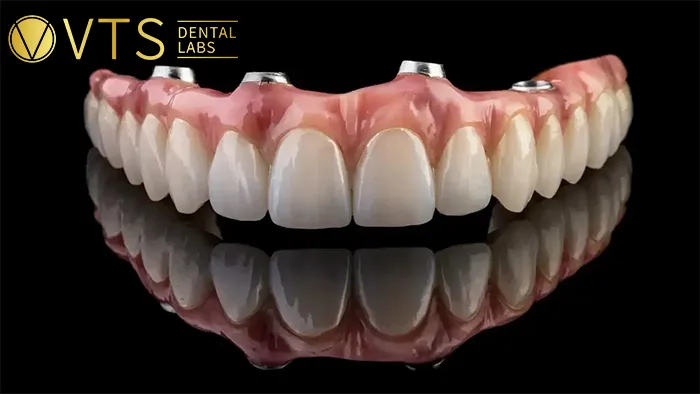
Chrome cobalt dentures are one of the most popular dental prosthetic options today. Renowned for their high aesthetic appeal and durability, they are ideal for patients requiring partial or full dentures. This article explores the benefits and features of chrome cobalt dentures, helping dentists make the best recommendations based on their patient’s needs and circumstances.
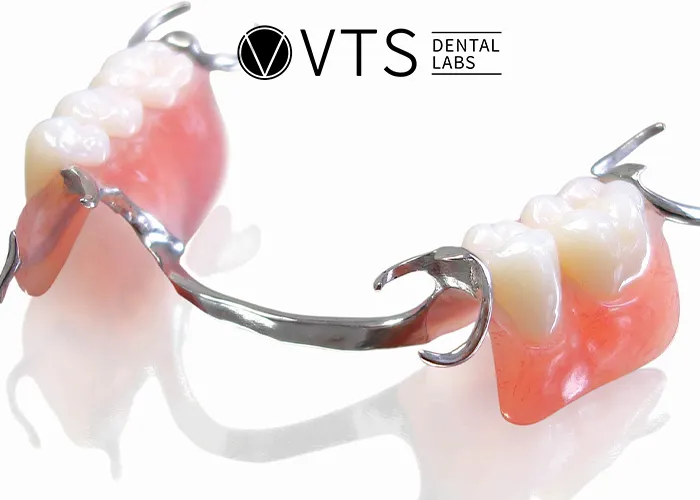
Chrome cobalt dentures are prosthetic dentures made from an alloy of chromium and cobalt, known for their exceptional durability and resistance to wear. They are primarily used in partial or full dentures, This type of denture is particularly suited for patients seeking a long-term and effective restorative solution. These dentures maintain their shape and function effectively in the challenging environment of the oral cavity.
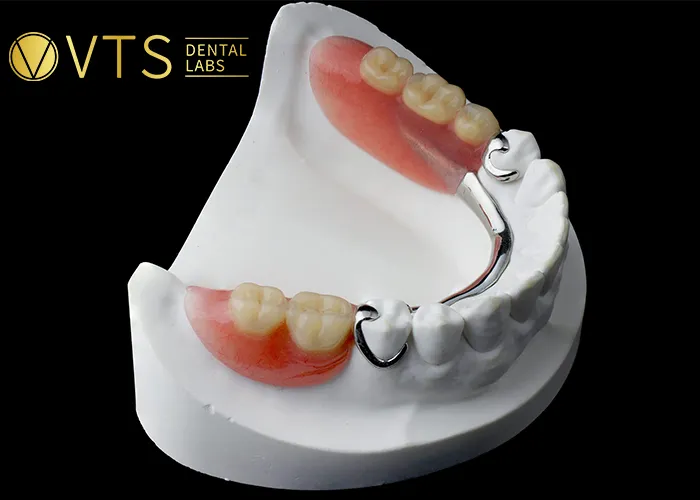
With excellent corrosion and oxidation resistance, chrome cobalt dentures retain their strength and aesthetic quality over time, ensuring comfort and satisfaction for the wearer. Unlike other metal alloys, chrome cobalt is remarkably lightweight, minimizing discomfort or bulkiness in the mouth. The metallic framework is designed to remain discreet, reducing intrusive feelings for the patient.

Chrome Cobalt Partial dentures are the most common type made from chrome cobalt. They feature a thin metal framework that holds and supports artificial teeth. This structure ensures an even distribution of chewing forces while keeping the dentures secure and stable.
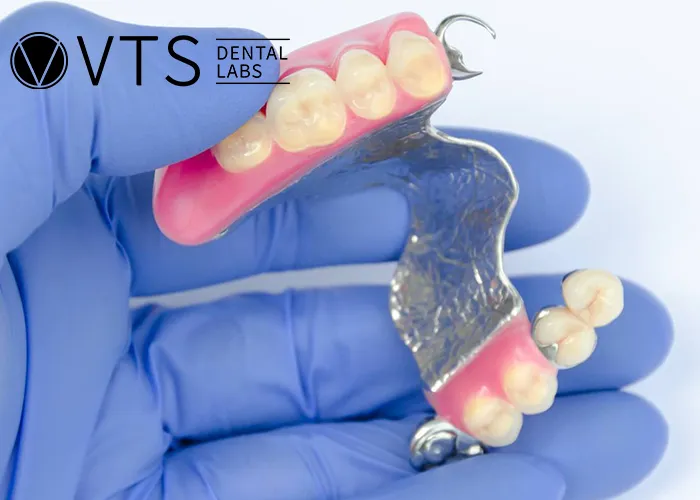
Chrome cobalt can also be used in full dentures, although these typically rely on remaining natural teeth for added stability and proper fit within the mouth. In certain cases where the patient has lost all upper teeth, chrome can create a thin palate covering instead of acrylic. This provides greater comfort and reduces thickness, enhancing the overall experience for the wearer.
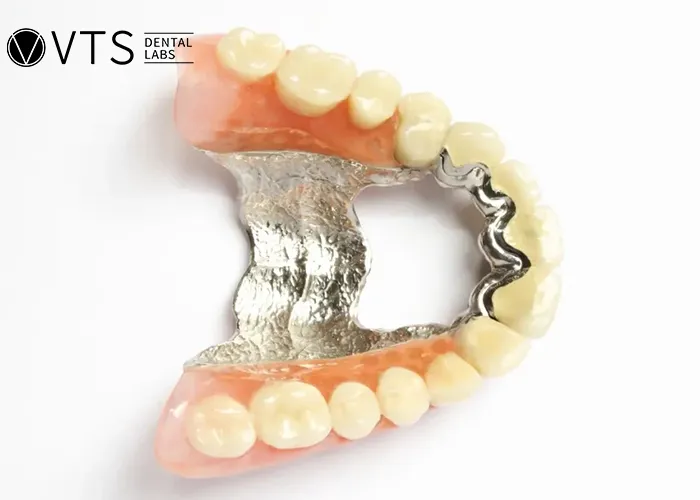
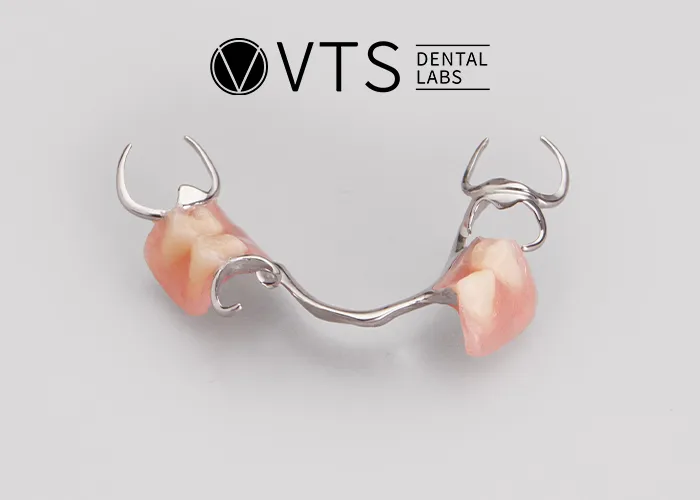
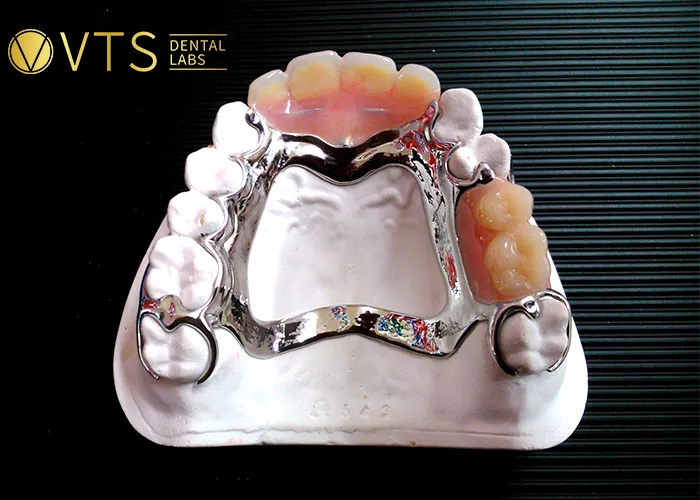


The first step is taking an impression of the patient’s mouth. Dentists use impression materials (alginate or silicone) or digital scanning to create an accurate model of the patient’s oral structure and teeth, which is then sent to the lab.
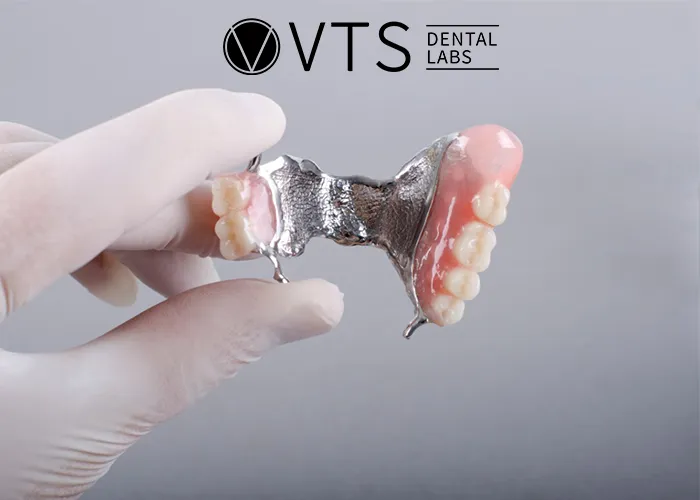
Once the impression is taken, the lab creates a model using plaster or stone. This model accurately reflects the patient’s oral structure and serves as the foundation for crafting the denture.
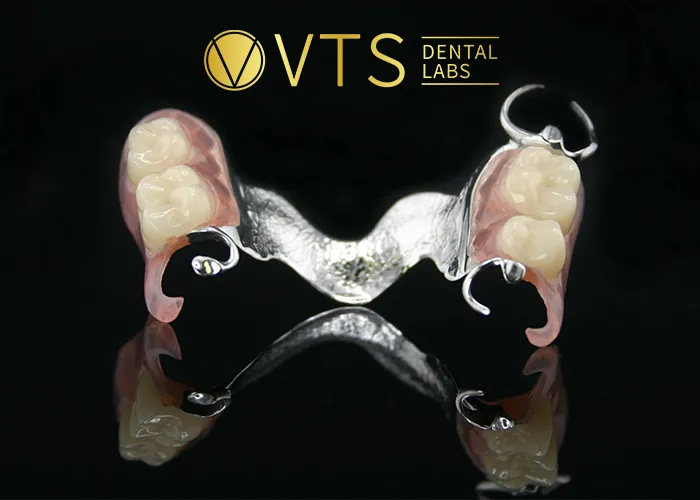
The plaster model is used to design the metal framework from chrome cobalt alloy. At this stage, technicians work on elements such as the metal framework, clasps, and other supporting components. CAD/CAM technology can be used to ensure precise design, optimizing fit and stability.
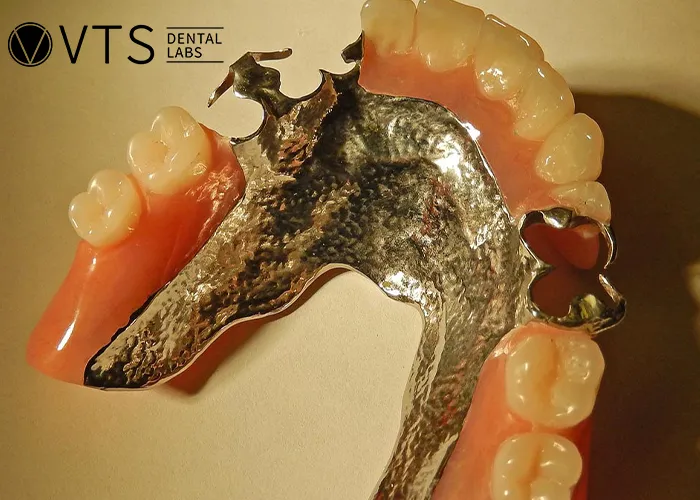
After the design phase, the metal framework is fabricated from the chrome-cobalt alloy. This step requires meticulous attention to detail to ensure the framework’s accuracy and compatibility with the remaining teeth.
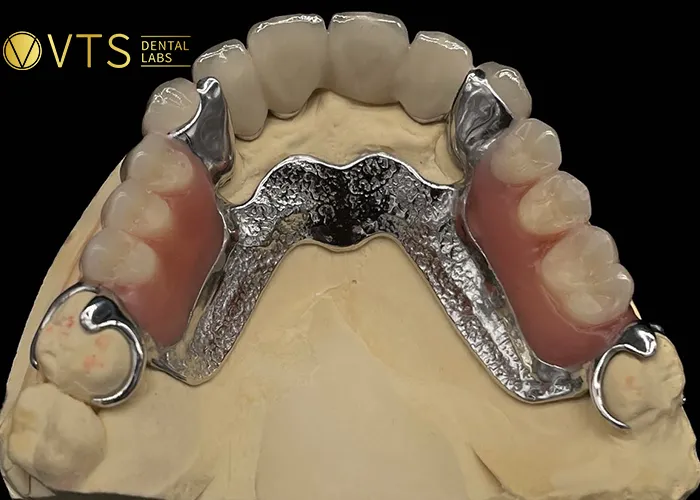
Once the metal framework is complete, artificial teeth are attached to the framework. These teeth can be made from composite, acrylic, or ceramic materials, depending on the patient’s requirements. Next, an acrylic layer is applied over the metal framework to replicate the shape and color of natural gums, ensuring an aesthetic and comfortable denture.
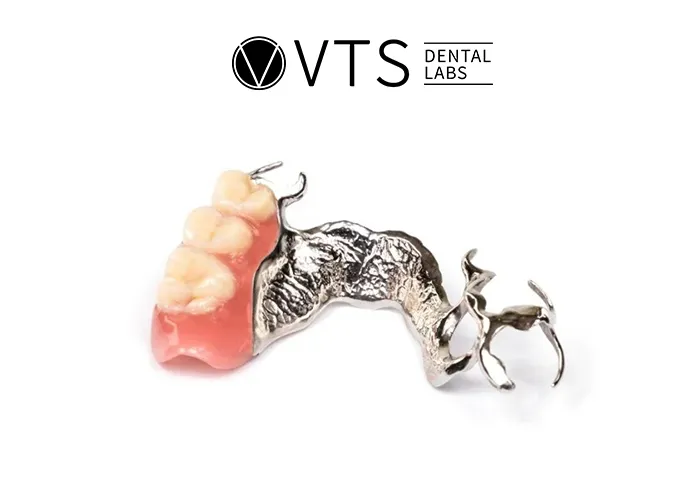
After assembly, the chrome cobalt denture undergoes contouring and polishing. This process smooths out sharp edges, ensures a polished surface, and minimizes gum irritation.
The completed denture is thoroughly inspected for fit and comfort. If necessary, adjustments are made to optimize fit and functionality. This step is critical to ensure the denture does not exert excessive pressure on the gums or cause discomfort for the patient.
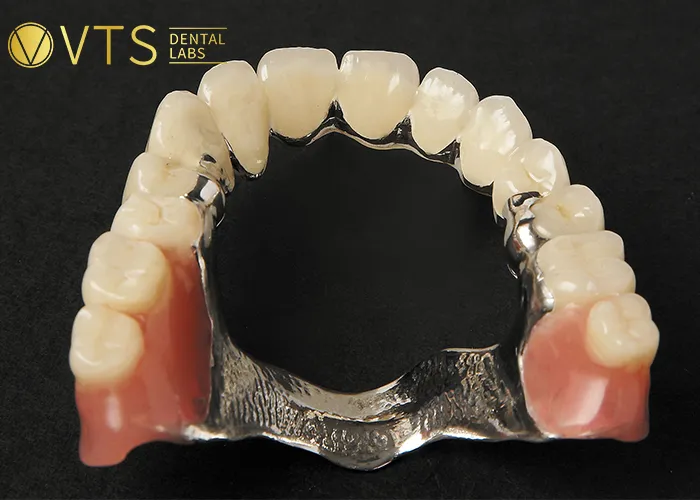
Chrome cobalt dentures are a highly durable and stable solution, making them a worthwhile choice for patients seeking long-term denture solutions. Collaborating closely with a trusted dental lab ensures the fabrication of precise, high-quality dentures that meet patient needs for comfort and aesthetics. If you’re looking for a reliable lab, contact VTS for expert consultation and effective restorations.
